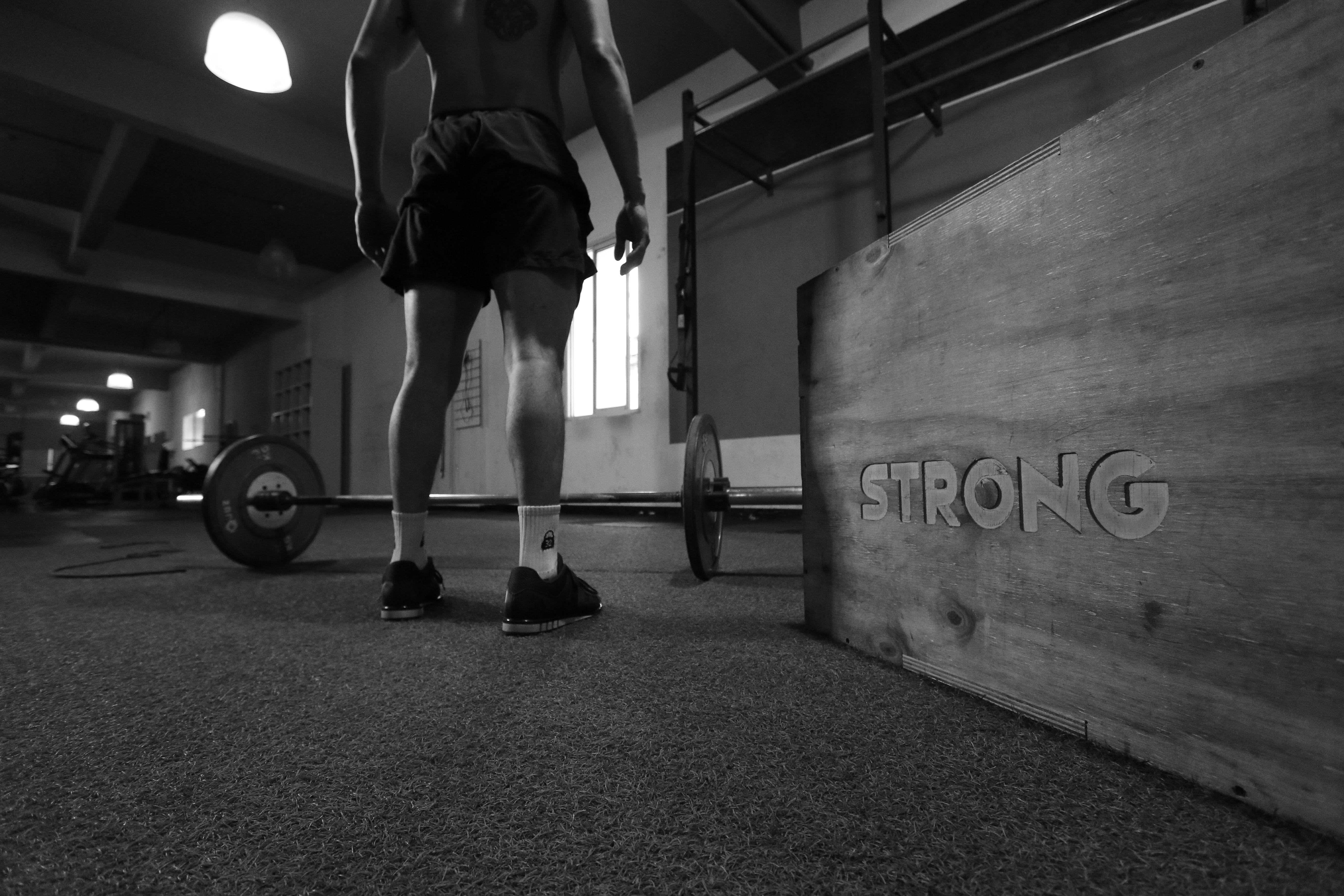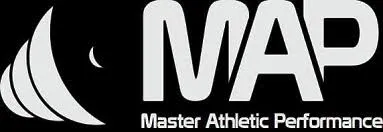Discover The Latest Blogs
Stay updated with Our Informative Blog Posts

The Progressive Overload Paradox: Why Starting Light Makes You Stronger Faster - Paul Oneid
The Progressive Overload Paradox: Why Starting Light Makes You Stronger Faster
You know progressive overload works. Add weight to the bar, get stronger. Simple.
So why does the fastest path to moving heavy weight often start with lifting embarrassingly light loads?
Here's the uncomfortable truth most intelligent lifters struggle with: your ego about the weight on the bar is directly sabotaging your long-term progress.
The Efficiency Problem
You're analytical. You understand systems. So let's look at this through that lens.
Progressive overload only works when you can consistently execute the movement pattern under increasing load. The keyword here is consistently. If you're grinding through reps with compromised form to hit your target weight, you're not building a system—you're collecting compensations.
Those compensations become your new movement pattern. And now you've trained yourself to lift inefficiently at submaximal loads. When you try to add weight, you're not just fighting gravity—you're fighting the faulty motor pattern you've been reinforcing for weeks.
Starting light isn't about being careful or "listening to your body" or any other wellness platitude. It's about efficiency. It's about building the most effective system possible.
Form Is the Foundation, Not the Finishing Touch
Most lifters think of form like this: learn the movement, add weight, maintain form as long as possible, then worry about cleaning it up later.
That's backwards.
Form determines your ceiling. The movement quality you establish at light loads becomes the template your nervous system defaults to under fatigue. If that template is compromised, adding load just amplifies the inefficiency.
Think about it this way: you wouldn't build a house on a foundation that's "pretty good for now, we'll fix it later." The entire structure depends on what you establish first.
The same principle applies here. The movement pattern you ingrain at 135 pounds becomes the pattern you default to at 315 pounds—except now you're dealing with the consequences at three times the load.
The Tactical Approach
Here's what this looks like in practice:
Start with a load where you can execute 10 perfect reps. Not 10 "good enough" reps. Ten reps where every single rep looks identical to the first.
That might be 40% of your theoretical max. It might be 60%. The number doesn't matter. Your ego will tell you this is too light. Ignore it.
Spend 2-4 weeks building pristine movement quality at this load. Film yourself. Every set should look like a textbook demonstration. No grinding. No compensation patterns. No "good reps for me."
Only then do you add weight—and you add it gradually. If you can maintain that same movement quality for 8-10 reps at the increased load, you progress. If your form degrades, you stay there until it doesn't.
The Real Question
This isn't about being conservative. It's about being strategic.
The question isn't "how much weight can I move today?" The question is, "What movement quality am I establishing that will allow me to be strongest six months from now?"
You already know delayed gratification beats instant satisfaction. You've proven that in your career, your business, your life. Apply the same framework here.
Starting light doesn't make you weak—it makes you smarter than the lifter who's been spinning their wheels for two years with the same nagging injuries and stalled progress.
Ready to build a more effective system?
Film one working set of your primary movement. Send it my way ([email protected]) with any questions. Let's identify what's actually limiting your progress—because it's probably not what you think.
Stay Strong,
Paul Oneid, MS. MS. CSCS
Founder and Head Coach




